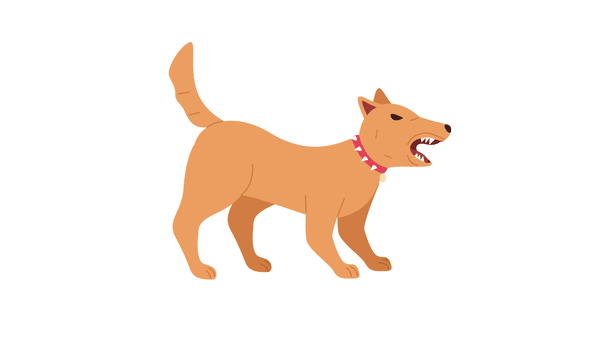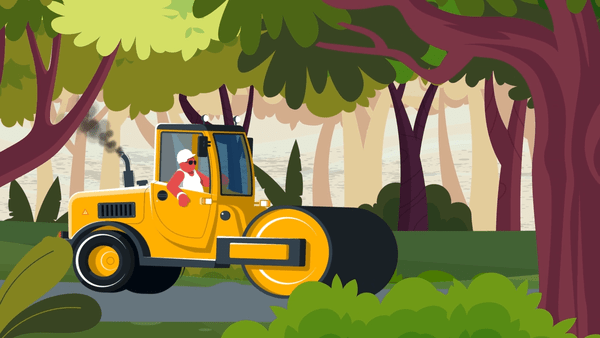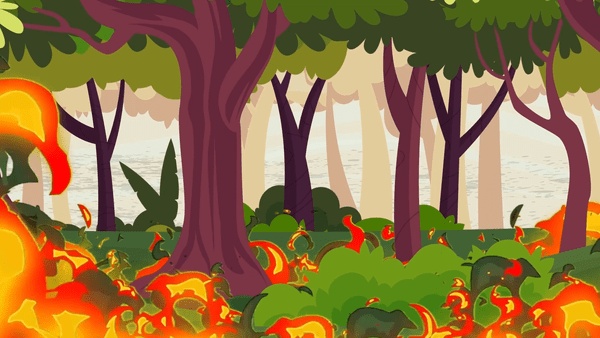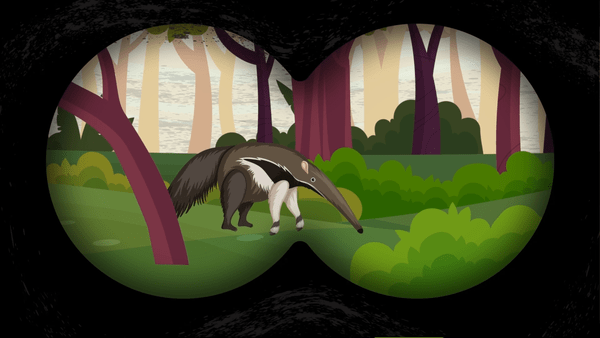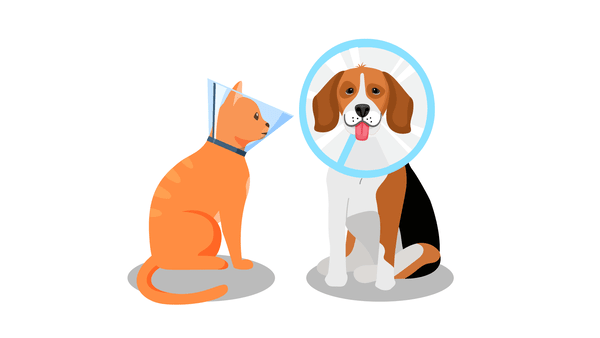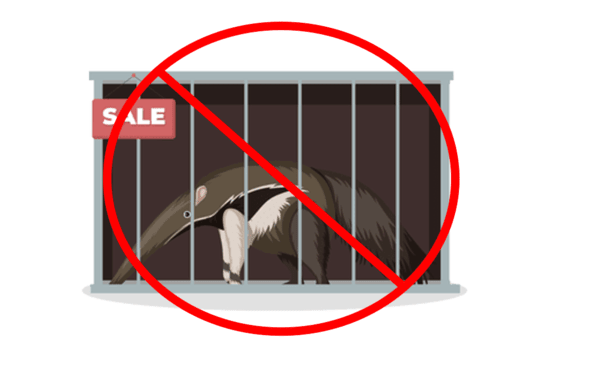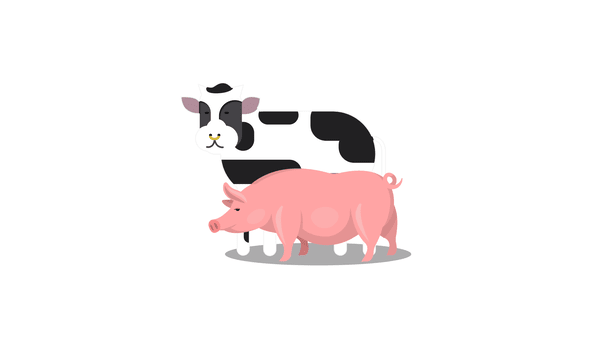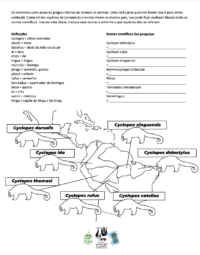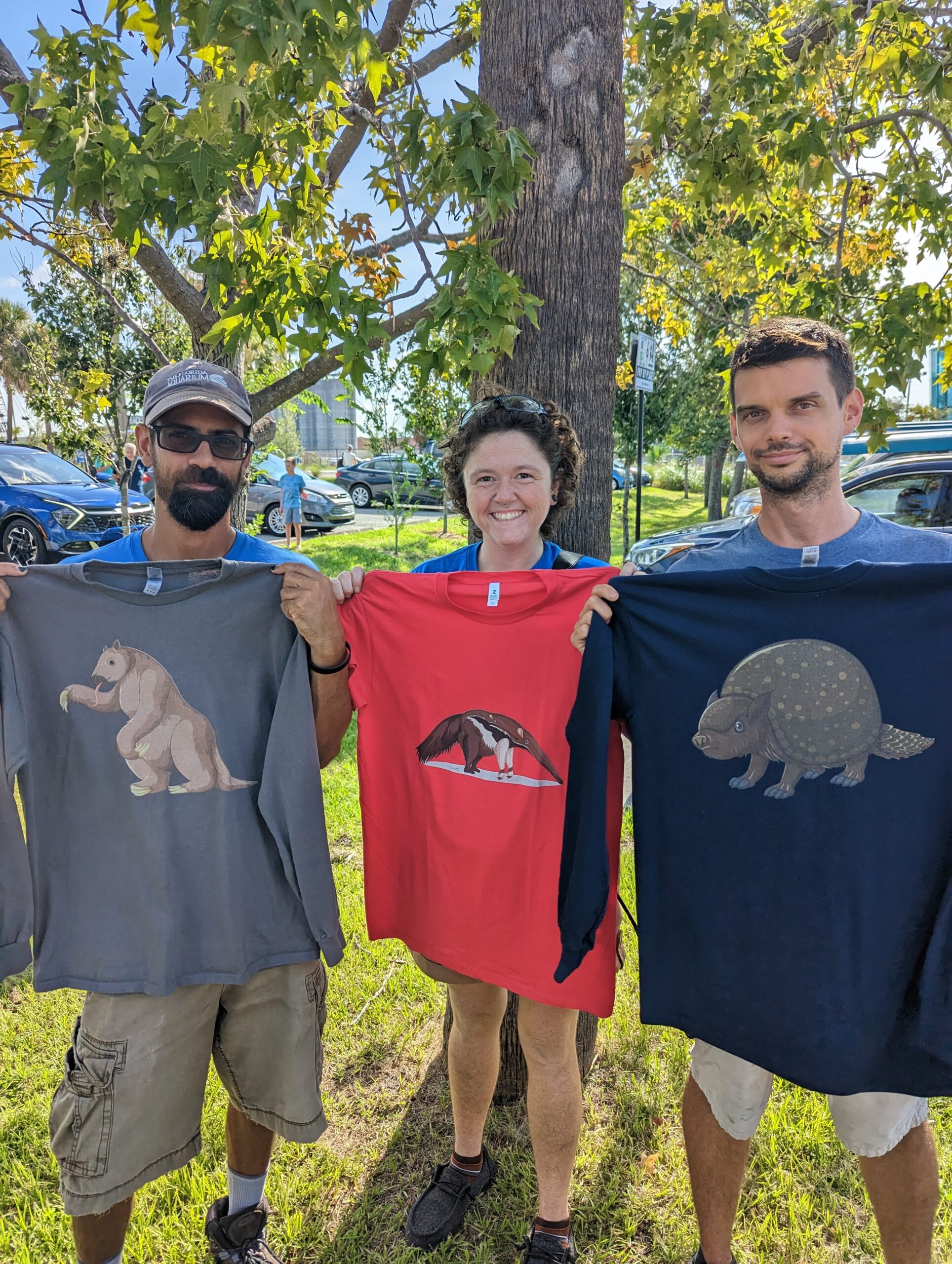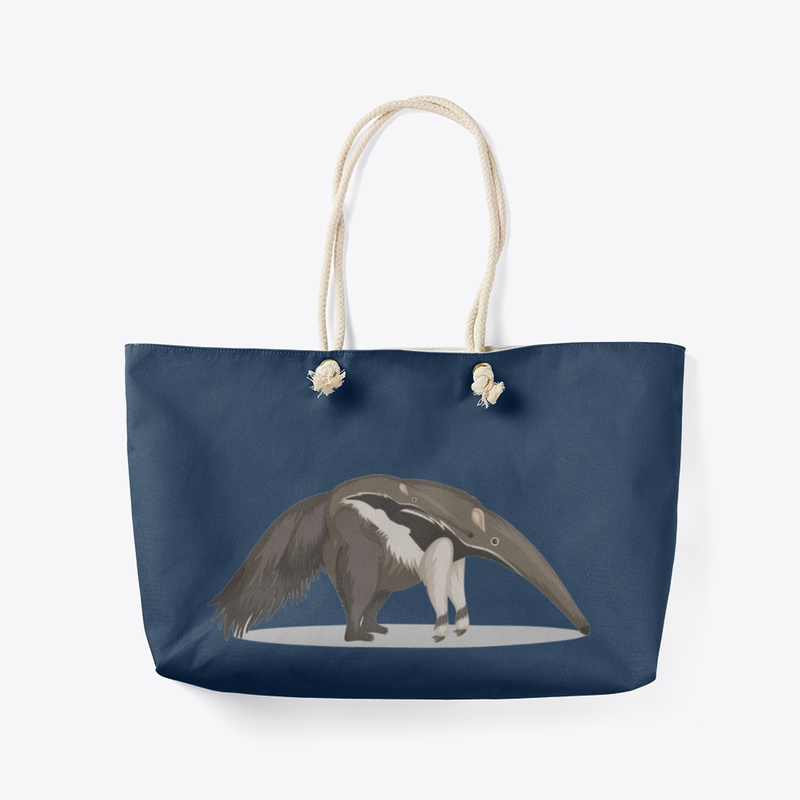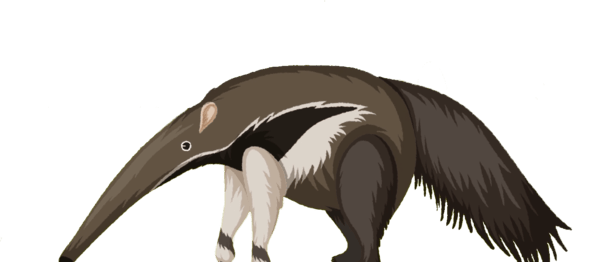
Giant Anteater
Myrmecophaga tridactyla
Lifespan: 14-26 years
Reproduction: Pregnancy is around 6 months. One baby is born at a time.
Weight: Average adult is 48-100 lbs
Diet: Ants and termites
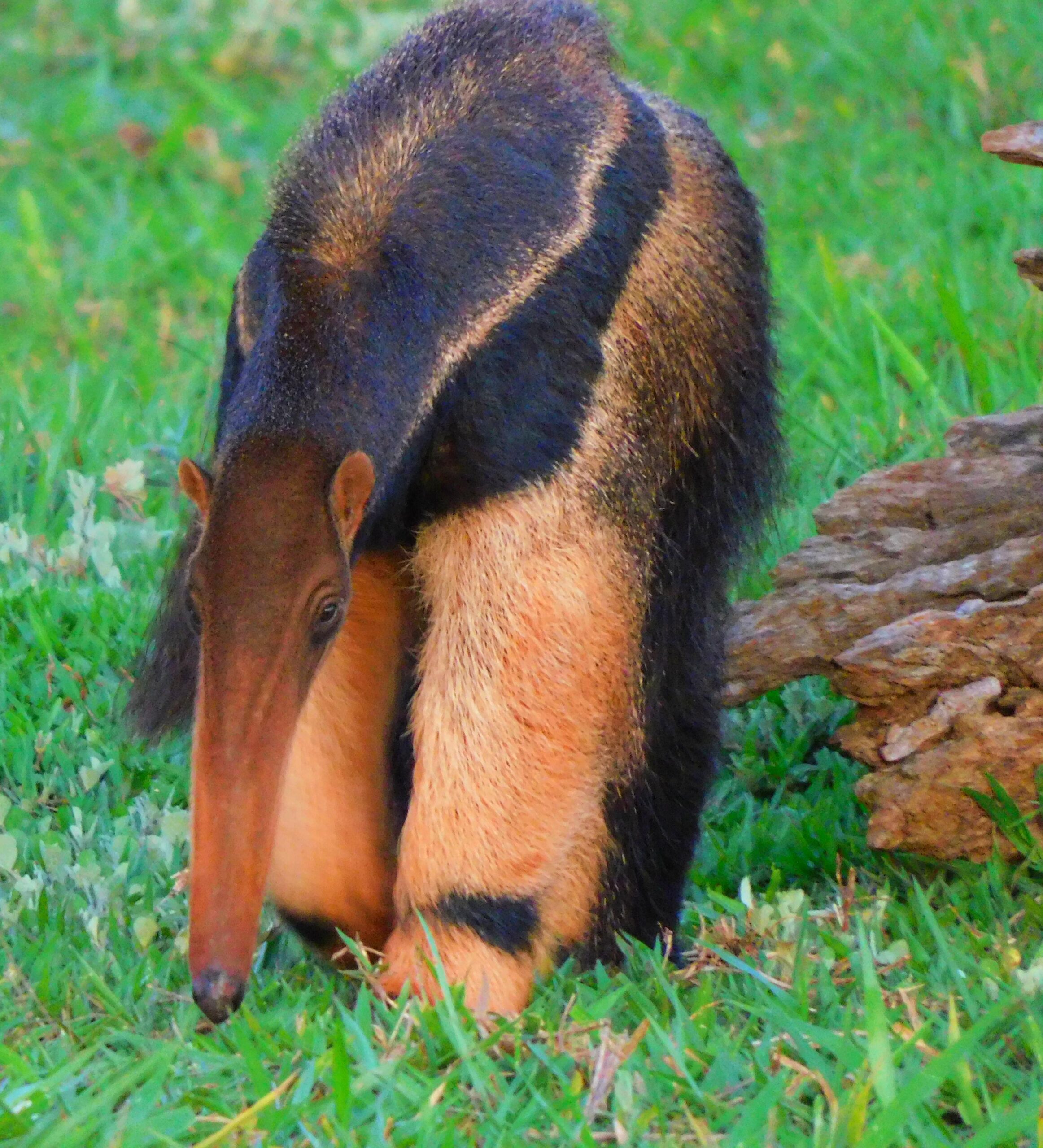
Common Names
Dutch – Reuzenmiereneter
English – Ant bear, Giant Anteater
French – Fourmilier Géant, Grand Fourmilier, Grand Tamanoir, Tamanoir
Guarani – Yurumí
Portuguese – Tamanduá Bandeira
Spanish- Hormiguero Gigante, Oso Bandera, Oso Caballo, Oso Hormiguero, Oso Palmero
How to Identify:
| Myrmecophaga tridactyla | Easy to identify compared to the other species of anteaters due to its size. It is twice as long as the tamandua species and much much larger than the silky anteaters. |
IUCN Red List
Species are classified into one of nine Red List Categories: Extinct, Extinct in the Wild, Critically Endangered, Endangered, Vulnerable, Near Threatened, Least Concern, Data Deficient and Not Evaluated. Vulnerable, Endangered and Critically Endangered species are considered to be threatened with extinction.

Giant Anteater Facts
- The genus name, Myrmecophaga means ant eater or ant glutton.
- The species name, tridactyla, means three fingers.
- Due to their long claws, they must walk on their knuckles.
- Giant anteaters have a very thick braincase – unlike the other anteaters and ant-eating mammals. Scientists do not know why.
- The olfactory lobes – the part of the brain responsible for smelling – are very large and help them forage for ants and termites.
Habitat
• Dry scrub and savannah
• Rainforests
• Timber plantations
 Population Trend
Population Trend
• Decreasing
 Threats
Threats
• Accidents on roads
• Domestic dogs
• Habitat loss and deforestation
• Hunting (food and superstition)
• Wildfires
Here are some ways YOU can help keep anteaters healthy and safe:
– It is best to observe them from a distance and in silence.
– Our pets could attack them. It is important to keep your dog on a leash when you go for a walk, or keep your pets at home in an enclosed and safe area. In addition, taking care of our pets also means spaying and neutering them so that they do not breed without control.
– Anteaters love to live in the woods, keeping them as pets is not good for them. Keep in mind that they don’t like selfies either.
– If you find an injured anteater, contact a wildlife hospital so they can help it.
– If more people ate more bugs, there would be less demand for pigs and cows. Edible insects are better for the environment than large livestock.
Myrmecophaga tridactyla can be found in the below countries.
Click to learn what other xenarthran species live there too!
Argentina
Belize (possibly extinct)
Bolivia
Brazil
Colombia
Costa Rica
Ecuador
El Salvador (possibly extinct)
French Guiana
Guatemala (possibly extinct)
Guyana
Honduras
Nicaragua
Panama
Paraguay
Peru
Suriname
Uruguay (possibly extinct)
Venezuela
Test your new knowledge!
Test your new anteater expertise by visiting our anteater word search, puzzles, coloring sheets and name games!
Check out this video to see how much you have learned!
The Anteater, Sloth, Armadillo Specialist Group has a store that directly helps xenarthran conservation!
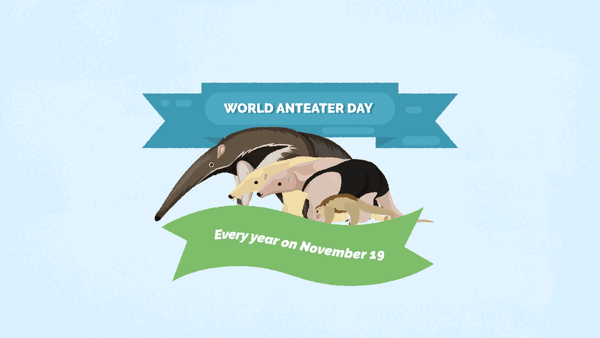
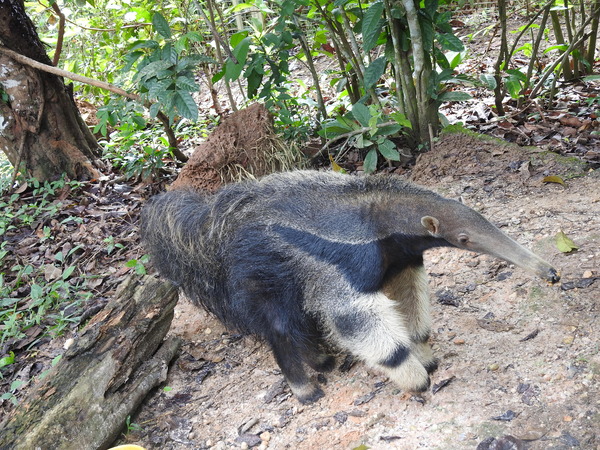
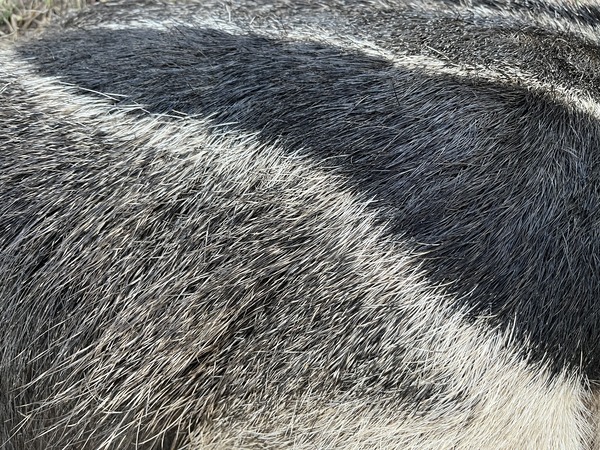
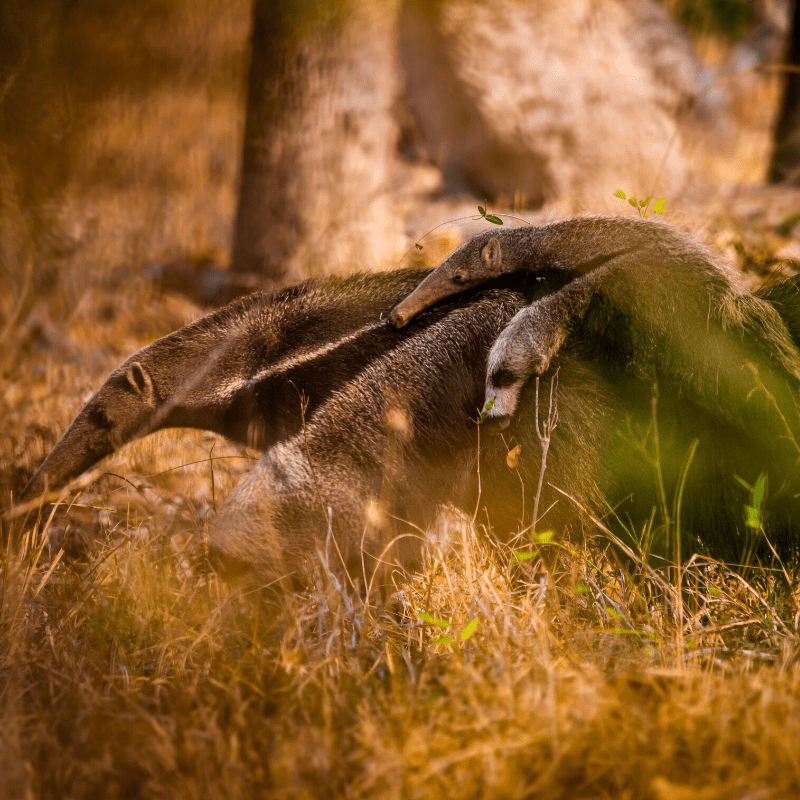
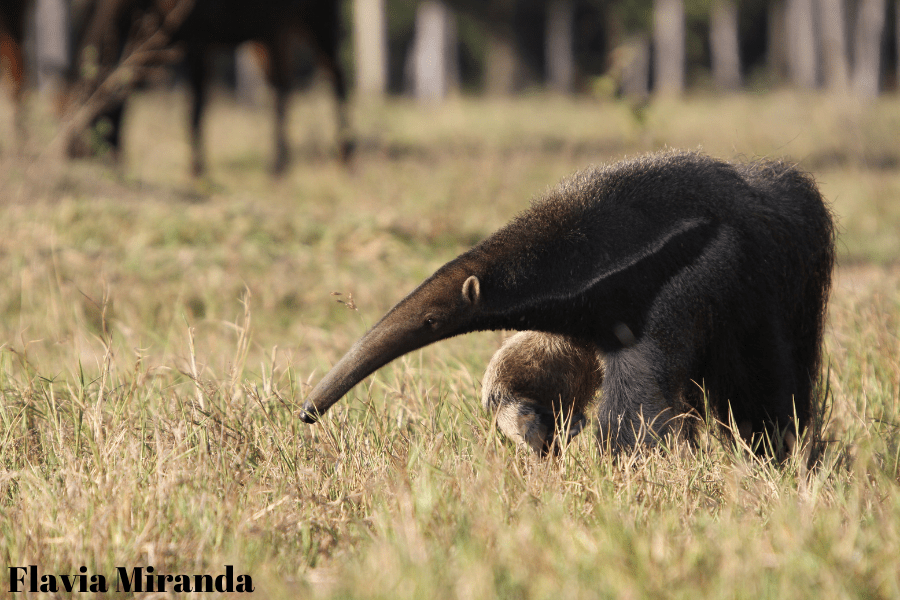
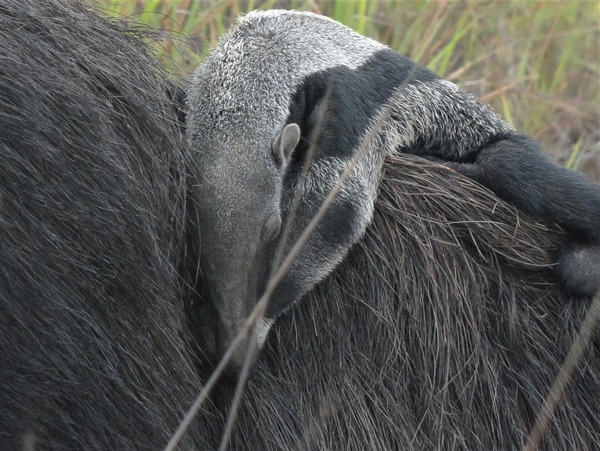
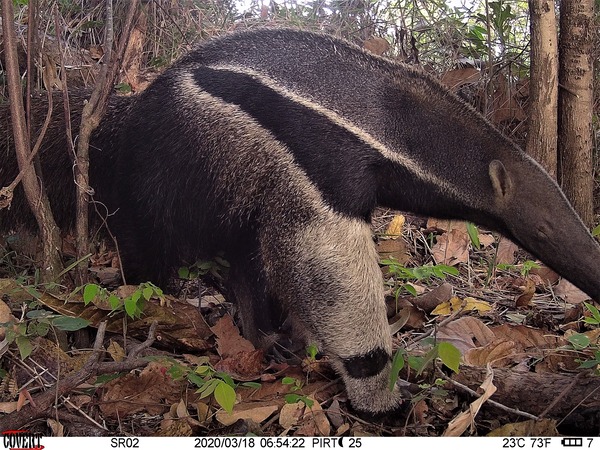
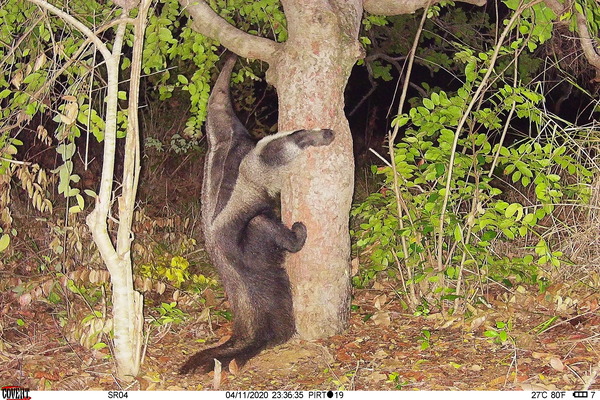
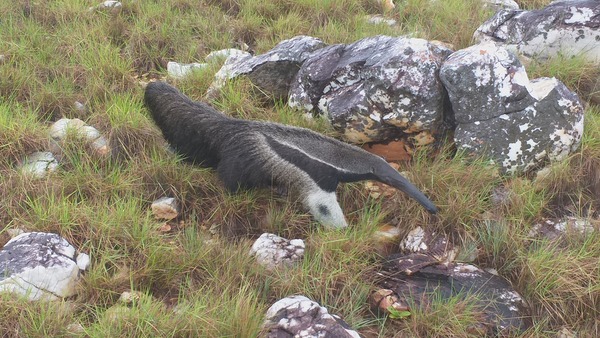
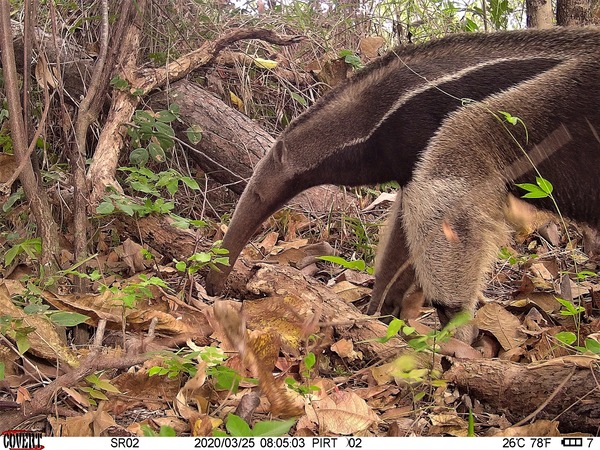
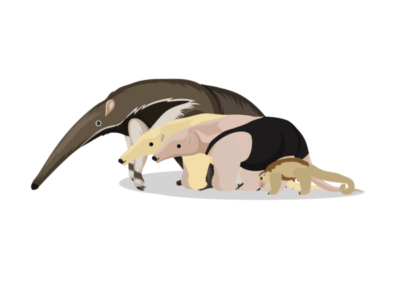

 Population Trend
Population Trend Threats
Threats
